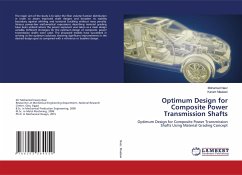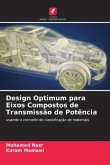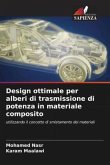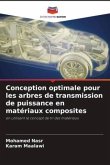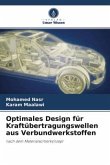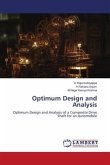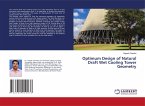The major aim of the study is to tailor the fiber volume fraction distribution in order to attain improved shaft designs and broaden its stability boundary against whirling and torsional buckling without mass penalty. Various power-law mathematical expressions describing material grading have been utilized where the power exponent was taken as a main design variable. Different strategies for the optimum design of composite, power transmission shafts were used. The proposed models have succeeded in arriving at the optimum solutions showing significant improvements in the desired design goal as compared with a reference or baseline design.
Bitte wählen Sie Ihr Anliegen aus.
Rechnungen
Retourenschein anfordern
Bestellstatus
Storno

